THE VERY BEST TOMATOES
Variety. Variety
If I’ve said it once, I’ve said it a thousand times, “Home grown tomatoes are NOT the best tasting ones.” Not necessarily, at least.
No, I’m not advocating tossing in your trowel and doing your tomato harvesting into a shopping cart. What I am saying is that choosing the best variety is all important to being able to bite into into the best tasting tomato. Grow an Early Girl tomato to perfection, harvest it at its peak of flavor, then take a bite out of it, and you’ll taste a good tomato. But not — in my opinion — a great tomato.
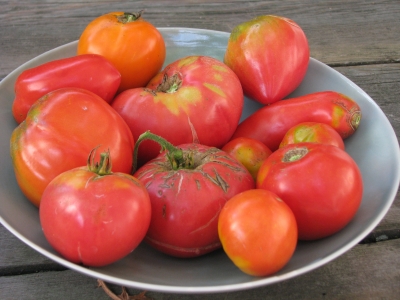
Heirloom tomatoes on plate
A tomato that has been handled carefully keeps pretty well for a couple of days, so you could actually purchase a great tasting tomato from a store or farm stand. But only if — I’ll say it again — that tomato is a great tasting variety. Tomatoes ripen well even if picked slightly underripe, so a farm grown tomato could potentially make it to your table in peak condition. In fact, though, this rarely happens. The best tasting tomato varieties don’t usually have the qualities demanded of a commercial tomato: tough skins to withstand handling, high yields, concentrated ripening, disease resistance.
Taste Them, Then Get Them
So you do generally have to grow your own to get the best tasting tomatoes. And now is a good time to start, by doing two things.
The first thing to do is to taste a lot of different kinds of tomatoes, now, while they are abundant and tasty. Taste varieties offered at farm stands and local farms, and those growing in the backyards of friends and neighbors. Cook up and taste any varieties you want to consider for canning, because cooking a tomato dramatically changes its flavor. A fresh San Marzano tomato tastes like cotton but cooks into a delectable sauce.
Fresh or cooked, you’ll be amazed at the range in flavor in tomato varieties. Settle for nothing but the very, very best.
Once you’ve found some great tasting tomato varieties, you’re ready for the second part of your assignment: plan for next year. If you can find out the name of a particularly great tasting variety, you may be able to find it in a seed catalog and just order seeds for next season.
No need to forsake the best tomatoes just because you can’t put a name on them. Many great tasting tomatoes are nonhybrid, or heirloom, varieties. As such, you can easily save the seed.
There is one wrinkle here: Seed saved from a nonhybrid or heirloom tomato will only yield tomatoes identical to those from the mother plant if the mother plants flowers didn’t get fertilized with pollen from a different variety of tomato. Generally this isn’t a problem because most tomato flowers self-pollinate. Their anthers (male flower parts) are wrapped around and are above the styles (female flower parts), with the male parts maturing their pollen and the female parts becoming receptive even before the flower opens. Except . . .
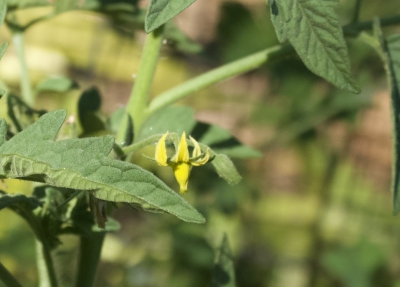
Seed will come true from this heirloom’s flower
Styles of some older or long season varieties (“potato-leaved varieties, for instance) extend so long that they protrude above the anthers, increasing the chance for cross-pollination. In which case, seed saved from fruits will not grow to resemble their mother.
With that said, tomato cross pollination is more dependent on insects than wind, so if nonhybrid varieties have some distance between them, even 10 feet, cross-pollination should not be a problem. Especially on farms, where tomatoes are more likely to be planted in blocks of one variety.
Seeds from hybrid tomatoes also often yield plants with good tasting fruits, sometimes even fruits identical to those from the mother plant if they were called “hybrid” by seed sellers merely to discourage seed saving! Creating hybrid tomatoes involves the labor intensive process of emasculating female flowers, collecting pollen from male flowers from a different variety, then marrying them. If a variety is truly a hybrid, seeds from its fruits will not replicate the mother’s fruit.
One year, on a lark, I planted seeds of Sungold, a delectable hybrid cherry tomato. Surprisingly, the fruits were very close in flavor and appearance to those on neighboring plants raised from commercial ‘Sungold’ seeds. And thankfully so, because ‘Sungold’ seed is occasionally in short supply or very expensive from seed companies; if my non-hybrid plants could produce nearly the same fruits year after year, I wouldn’t have to even think about buying the seed.

Sungold tomatoes
I eventually recognized a halo effect: I had selected the seeds and I had grown the tomatoes, they seemed to taste better to me. I came to my senses: the tomatoes weren’t nearly as good. So ‘Sungold’ returned to my list of seeds for yearly purchase.
Seed Saving
Saving tomato seeds entails nothing much more than squeezing a bit of the seed-gel mix out of the cavity of a tomato fruit into a glass. No need even to sacrifice eating the rest of the fruit! 
One more step is needed because that gel contains inhibitors that keep the seeds from sprouting while still inside the fruits. Leach and ferment these inhibitors away by adding some water to the seed-gel mix. After letting the slurry sit for a day or so, pour it through a fine strainer, wash the seeds well in running water, and spread them out to dry. Now you’re all set for good eating next year.
By the way, some of the tomato seeds I’m squirrelling away this week are from the heirloom varieties Carmello, Valencia, Amish Paste, San Marzano, and Anna Russian. Mmmmm.
(For more about saving seed, see my book THE EVER CURIOUS GARDENER; for much, much more see BREED YOUR OWN VEGETABLES by Carol Deppe.)
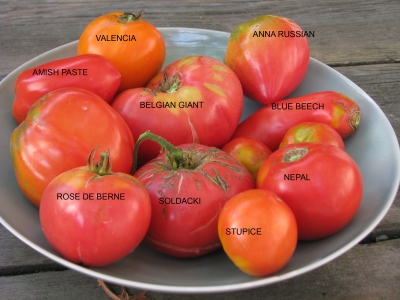
Some heirloom tomatoes I have grown



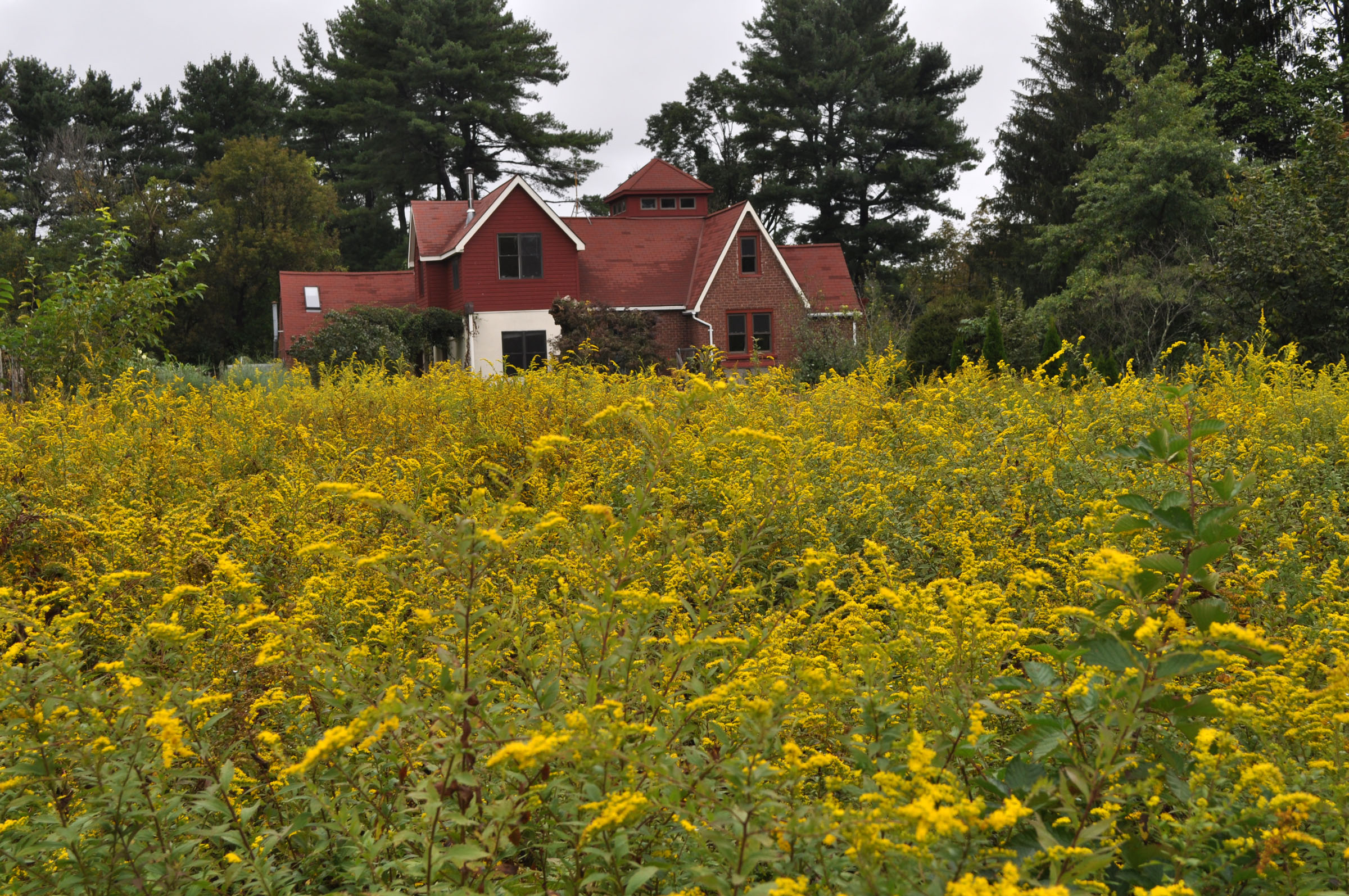
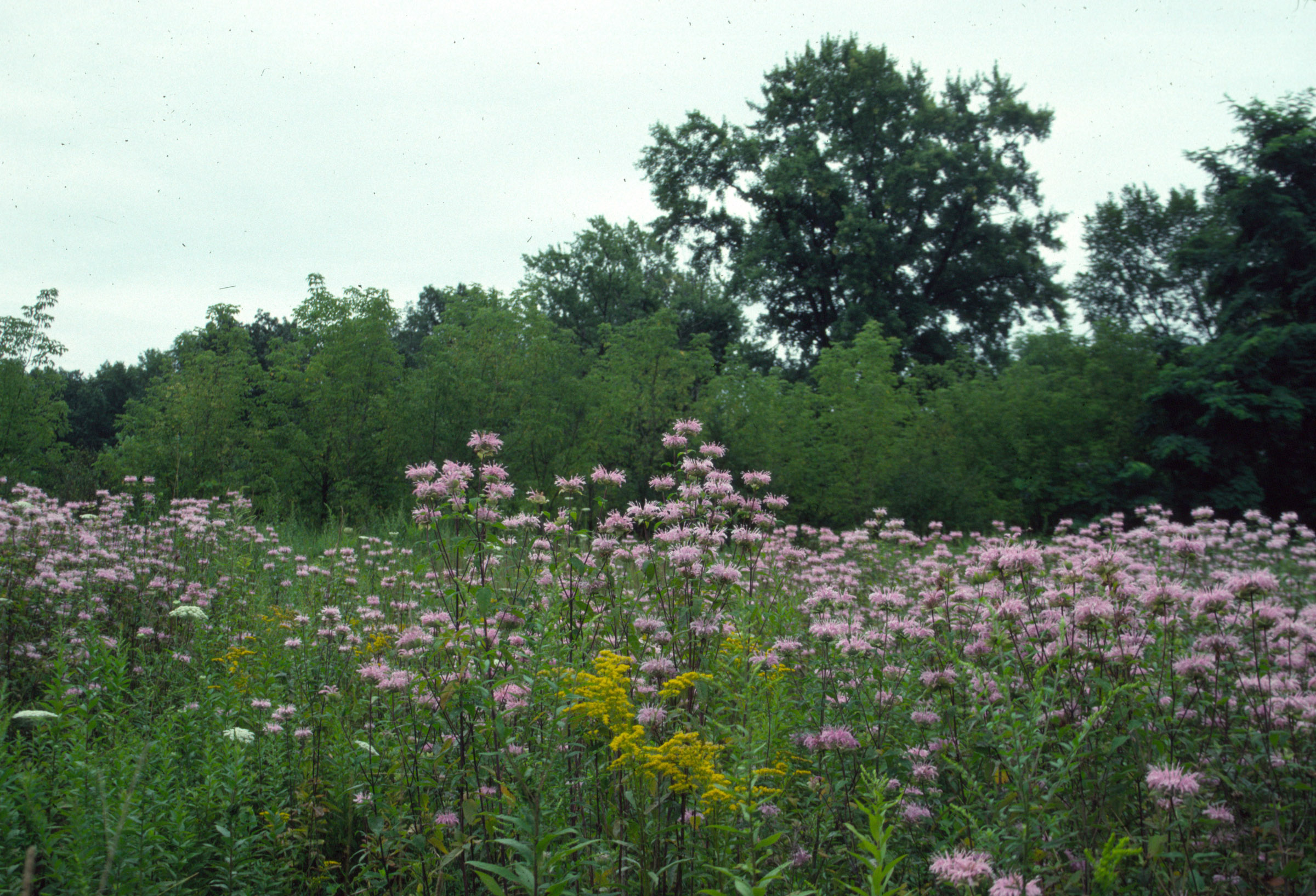
Thanks for covering seed saving. I had no idea it was that easy. I am in the early stages of my own “farmden”. I planted three types of tomatoes this year: one currant, one cherry, and one regular. I chose the varieties based upon reviews. I was so caught up in the rest of the yard this year that the (Indeterminate) tomatoes became one massive, tangled mess. I have been amazed, however, at the crazy production and outstanding taste of these tomatoes. They are the best I have ever had. I am going to save some seed now and see what I get next year, and I’m going to remember that “less is more” in the future when I’m going to grow tomatoes. Thanks again for the great post!
Welcome to “less is more” and the world of great tasting tomatoes.
Hello Lee,
Thank you for a great info on tomato varieties and how to save seeds.
I’ve been growing for ages two of my favorites – Red Brandywine and Sungold bought as seedlings at my Allandale Farm.
This year I tried Cherokee Purple and got disappointed, while growing fruits get cracked and spoiled very fast after that.
Never saw varieties you show, I’d love to try them.
I don’t think we can seed them straight in beds in Boston area and I cannot start them indoors.
Thanks again,
Alya
Calll around to different small farms nearby. Around here most of them have seedling sales. You might find the varieties I mentioned or some equally good heirlooms.